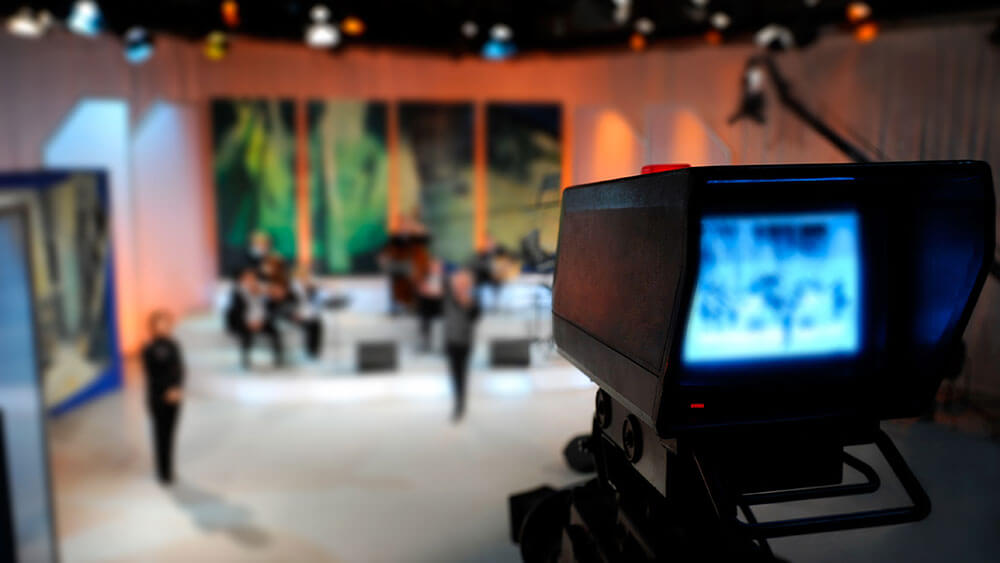
In Phase 3 of virtual events, participants want more highly produced sessions that look like TV, says Beth Surmont.
People commit to virtual events differently than in-person events. They don’t travel to them, so they still have all of their home responsibilities. They are unwilling to do sessions after 6 p.m. (someone has to make dinner), and no one likes sessions on Saturdays. So your pattern from your in-person event may not work well in the virtual space.
The most successful virtual audience experience is focused small-group interaction — eight to 10 people in a “room” (the same number that fits around a round table) working together, sharing best practices, providing input to a white paper, solving a problem, or just working on a game or puzzle.
Virtual experiences have to be highly intentional, and planners need to be thinking about human-centered design. Make every decision through the eyes of your audience.

Beth Surmont
There are many different ways to accomplish something. When the platform tells you that they don’t have the technology to execute something, take a step back and think about what higher purpose that session or activity is meant to accomplish. It is very likely you will find a new way to deliver the same results virtually.
The platform is just the stage that you put everything on. It’s only 20 percent of the experience. The remaining 80 percent is the design — how you connect and engage people, how you match solution providers to buyers, and how you help people experience your event. That’s where the magic of the event comes from: the 80 percent of the design that you apply around the event.
Virtual events have really unlocked the power of introverts. People (like me) are feeling more comfortable commenting in the chat, using the Q&A features, or in focused small group discussions. I think we are hearing voices that we haven’t heard before and it’s leading to richer and more meaningful conversations.
It is interesting how we’ve lost some important mental cues. It used to be that you walked into a room, sat down at a table, and had a moment of mental preparation before attending a session. Now, we are jumping from screen to screen without ever leaving the spot we are sitting. So we need to engineer that moment of mental preparation, through pausing, having people write something, take a breath, or other things.
Based on conversations and client requests, I think [we’re looking at] four phases for virtual events. The phases are:
Phase 1 (March – May 2020) — Pivot the planned in-person event to virtual, just get the content up online, no time to consider design.
Phase 2 (May – November 2020) — Planning for virtual first, shifting amount of content and length of sessions, shortening hours, creating intentional interaction and experience.
Phase 3 (November 2020 – mid-2021) — Audience expectations are rising. Participants want more highly produced sessions that look like TV (music, lower thirds, green screens). Audiences expect interaction and some magic and fun, sponsors expect to have meetings, organizations expect to see ROI.
Phase 4 (mid-2021, and from now on) — Intentionally designed virtual and hybrid experiences. Every event will have a hybrid strategy, more tools are available to planners that allow for better production (simple video editing, production, and switching), sponsorship options are hybrid, organizations are making money again.
Beth Surmont, CAE, CMP, is director of experience design at 360 Live Media.
